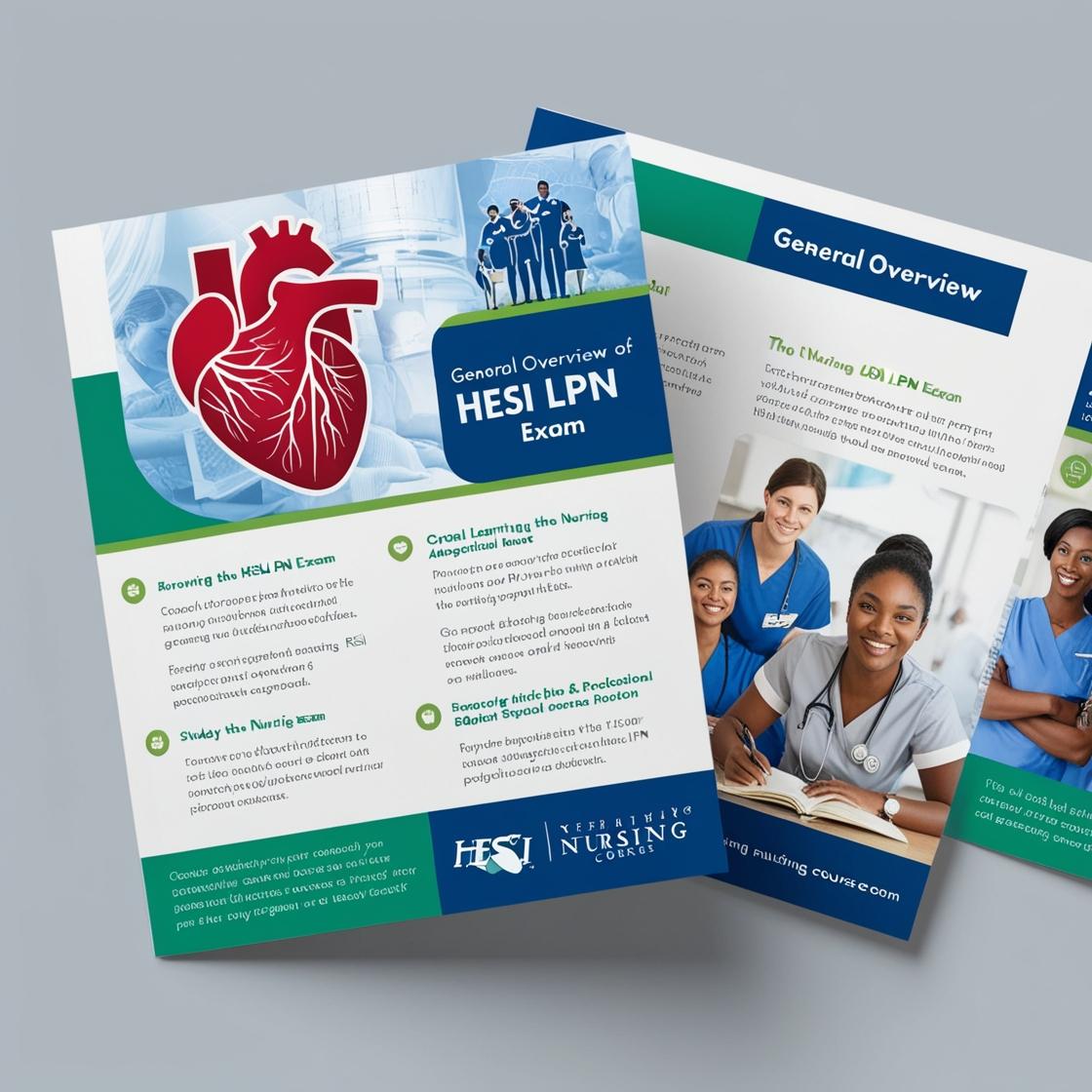HESI LPN
Mental Health HESI Practice Questions
1. A client with PTSD is experiencing flashbacks and nightmares. Which intervention should the nurse implement first?
- A. Encourage the client to talk about the flashbacks.
- B. Assist the client in developing coping strategies.
- C. Discuss relaxation techniques with the client.
- D. Refer the client to a PTSD support group.
Correct answer: A
Rationale: Encouraging the client to talk about the flashbacks is the most appropriate initial intervention for a client with PTSD experiencing flashbacks and nightmares. This intervention helps the client express their feelings, thoughts, and experiences related to the trauma they are going through. It can assist in processing the traumatic events and starting the healing process. Choice B, assisting the client in developing coping strategies, is important but should come after the client has started to verbalize and process their experiences. Choice C, discussing relaxation techniques, may be beneficial later in the treatment process but may not be as effective initially as addressing the traumatic experiences. Choice D, referring the client to a PTSD support group, is also valuable but may not be as immediate as encouraging the client to talk about their flashbacks to begin the therapeutic process.
2. A female client on the psychiatric unit tells the nurse that she feels like ending her life because she can no longer deal with her depression. What is the nurse's priority intervention?
- A. Stay with the client and ensure her safety.
- B. Inform the client that she is safe in the hospital.
- C. Document the client's statements in her medical record.
- D. Encourage the client to join a group therapy session.
Correct answer: A
Rationale: The correct answer is to stay with the client and ensure her safety. Ensuring the client's safety is the top priority when a client expresses suicidal ideation. Staying with the client can help prevent self-harm while further assessment and interventions are arranged. Choice B is incorrect because simply informing the client that she is safe in the hospital does not address the immediate need for safety. Choice C is incorrect as while documentation is important, it is not the priority when a client's safety is at risk. Choice D is also incorrect as encouraging the client to join a group therapy session is not appropriate when the client is in crisis and expressing suicidal thoughts.
3. An adolescent with major depressive disorder has been taking duloxetine (Cymbalta) for the past 12 days. Which assessment finding requires immediate follow-up?
- A. Describes life as without purpose.
- B. Exhibits an increase in sweating.
- C. States is often fatigued and drowsy.
- D. Complains of nausea and loss of appetite.
Correct answer: A
Rationale: The correct answer is A. Expressing that life is without purpose can indicate deepening depression or suicidal ideation, which requires immediate attention. While sweating, fatigue, drowsiness, nausea, and loss of appetite can be side effects of duloxetine (Cymbalta), they do not indicate the same level of urgency as a statement suggesting deepening depression or suicidal ideation.
4. A homeless person who is in the manic phase of bipolar disorder is admitted to the mental health unit. Which laboratory finding obtained on admission is most important for the nurse to report to the healthcare provider?
- A. Decreased thyroid stimulating hormone level
- B. Elevated liver function profile
- C. Increased white blood cell count
- D. Decreased hematocrit and hemoglobin levels
Correct answer: A
Rationale: The correct answer is A: Decreased thyroid stimulating hormone level. Hyperthyroidism causes an increased level of serum thyroid hormones (T3 and T4), which inhibit the release of TSH. In this case, a decreased TSH level can indicate hyperthyroidism, which can present with manic behavior. Elevated liver function profile (B) is not directly related to the manic phase of bipolar disorder. Increased white blood cell count (C) typically indicates an infection or inflammation, not directly related to the manic phase. Decreased hematocrit and hemoglobin levels (D) may suggest anemia but are not as crucial in the context of a manic phase of bipolar disorder.
5. The client with schizophrenia believes the news commentator is her lover and speaks to her. What is the best response for the nurse to make?
- A. What do you believe the news commentator said to you?
- B. Let's switch to a different news channel.
- C. Is the news commentator planning to harm you or others?
- D. The news commentator is not communicating with you.
Correct answer: A
Rationale: The correct response is to ask the client what she believes the news commentator said, as it helps the nurse assess the client's perception and delve into her delusions without being confrontational. Choice B is not helpful in addressing the client's delusions. Choice C jumps to conclusions about potential harm without assessing the client's beliefs. Choice D is dismissive and does not address the client's reality.
Similar Questions

Access More Features
HESI LPN Basic
$69.99/ 30 days
- 50,000 Questions with answers
- All HESI courses Coverage
- 30 days access @ $69.99
HESI LPN Premium
$149.99/ 90 days
- 50,000 Questions with answers
- All HESI courses Coverage
- 30 days access @ $149.99
